Delhi’s Hidden Monuments: Offbeat Discoveries
Delhi’s Forgotten Treasures: Unearthing Hidden Gems of History
Delhi, the vibrant capital city of India, pulsates with the echoes of its rich past. History, culture, and heritage converge to create a tapestry of fascinating tales. Beyond well-known landmarks, hidden gems await the discerning traveler. In this blog post, we unearth 10 lesser-known monuments in Delhi. Each testifies to the city’s storied past and offbeat allure.
Agrasen ki Baoli:
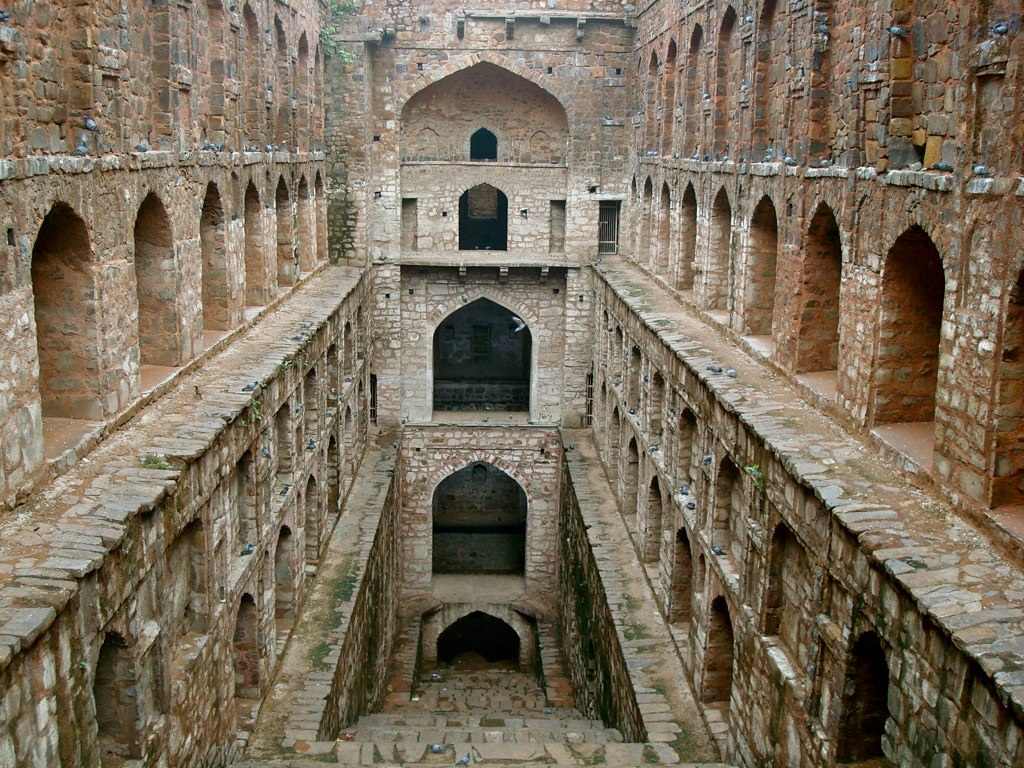
Concealed in Connaught Place’s alleys, Agrasen ki Baoli emerges as a silent sentinel of Delhi’s ancient heritage. Dating back to the 14th century, its intricate carvings and tranquil ambience beckon visitors. Descending its steps, one enters a bygone era, where history resonates within its walls.
Feroz Shah Kotla Fort:
Amidst modern Delhi stands Feroz Shah Kotla Fort, a relic of the city’s medieval legacy. Built by Sultan Feroz Shah Tughlaq in the 14th century, it stands as a testament to Delhi’s tumultuous past. Amidst its crumbling edifices, echoes of a bygone era invite visitors to delve into its enigmatic history.
Jamali Kamali Tomb:
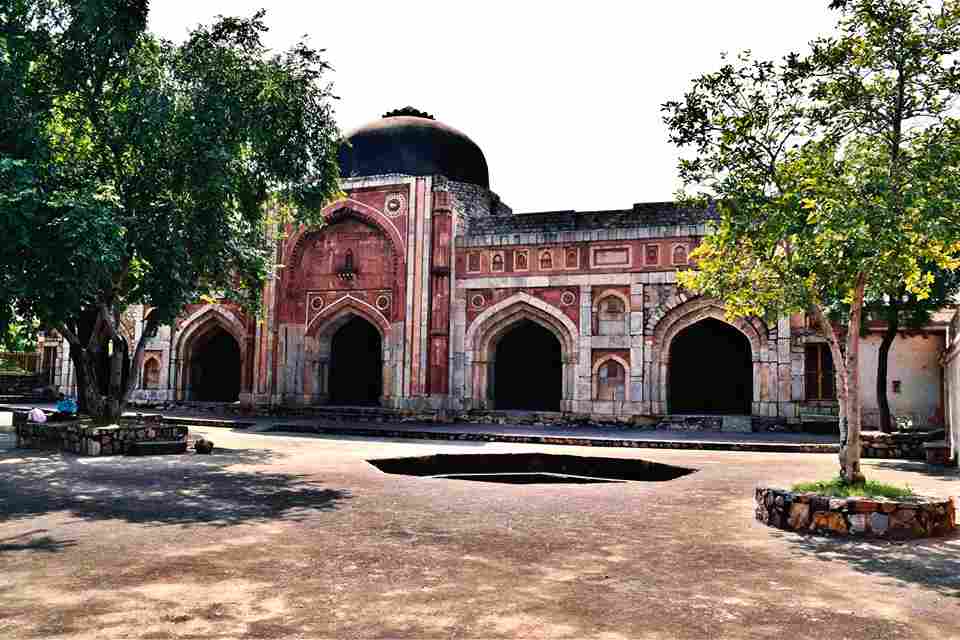
Nestled in Mehrauli Archaeological Park lies the ethereal complex of Jamali Kamali Tomb. Named after the renowned Sufi poet Jamali and his enigmatic companion Kamali, this architectural masterpiece marries Mughal grandeur with Islamic intricacy. Amidst serene environs, visitors are transported to a realm where spirituality and artistry intertwine.
Hauz Khas Complex:
Beyond Hauz Khas Village’s trendy facades lies a hidden sanctuary of history – the Hauz Khas Complex. Dating back to the 13th century, it boasts a mosque, madrasa, and tombs amidst picturesque surroundings. Amidst whispers of the past and the serenity of its lake, visitors immerse in a timeless journey through Delhi’s storied past.
Mehrauli Archaeological Park:
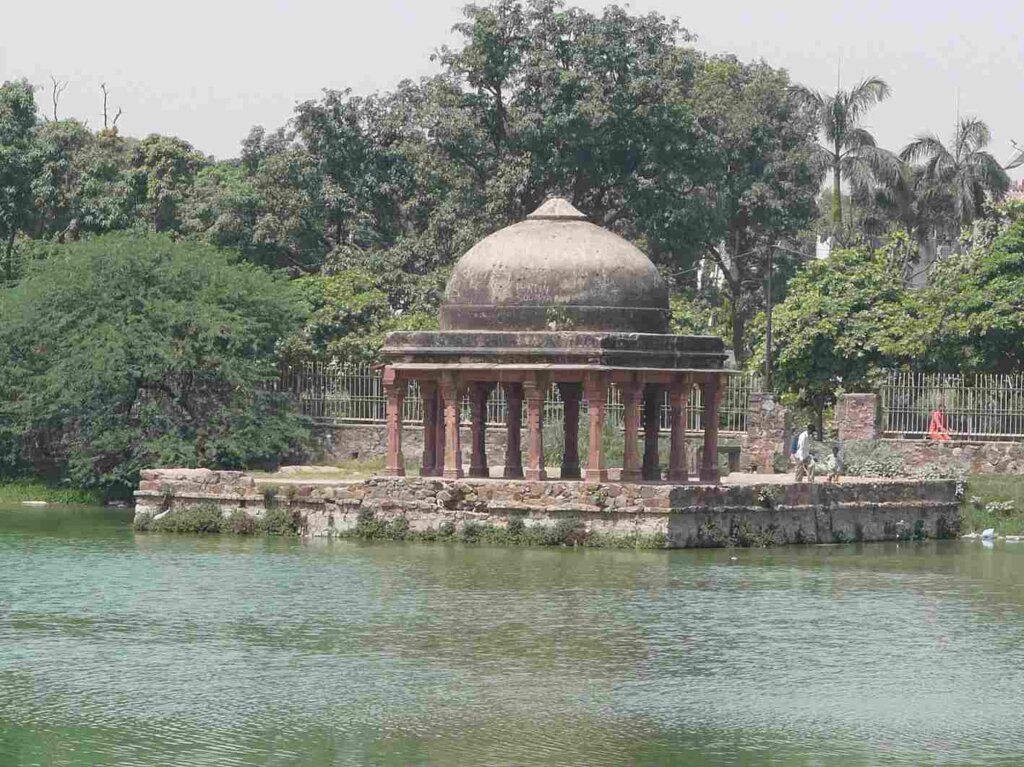
Spread across vast expanses, Mehrauli Archaeological Park stands as a testament to Delhi’s enduring legacy. Within its labyrinthine trails lie hidden treasures – from Qutub Minar to Balban’s Tomb and Rajon ki Baoli. Here, amidst ruins of empires past, visitors embark on a voyage through time, unraveling mysteries.
Tughlaqabad Fort:
Amidst South Delhi’s arid plains stands Tughlaqabad Fort, a silent witness to the rise and fall of dynasties. Built by Sultan Ghiyasuddin Tughlaq in the 14th century, it exudes an aura of grandeur and mystery. Within its ramparts lie tales of conquest and resilience, inviting visitors to traverse its ancient corridors.
Chor Minar:
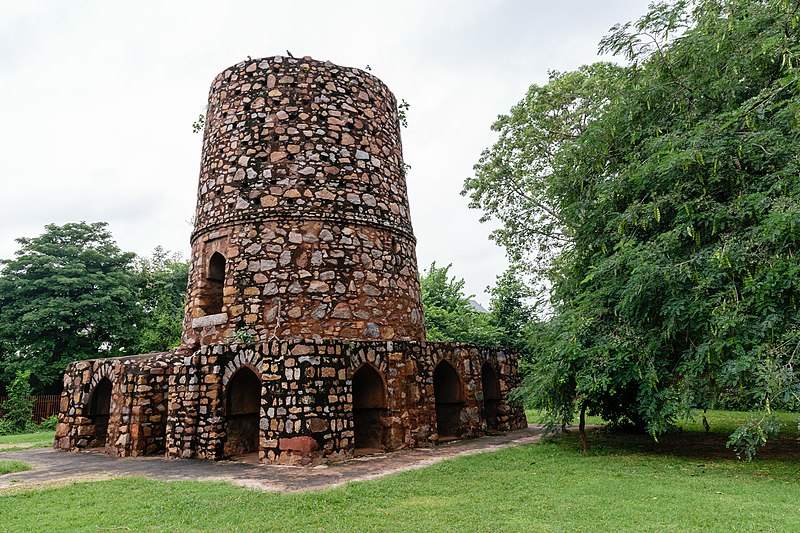
Hidden amidst Hauz Khas’ bylanes lies Chor Minar, a somber testament to Delhi’s medieval past. Adorned with over 225 holes, this tower stands as a haunting reminder of a bygone era. Amidst its eerie ambiance, visitors are transported to a time where lawlessness reigned supreme.
Zafar Mahal:
Within Mehrauli Archaeological Park lies Zafar Mahal, a poignant relic of Delhi’s imperial twilight. Built by Bahadur Shah II, the last Mughal emperor, this palace exudes a melancholic charm. Amidst its faded grandeur, visitors reflect on wistful echoes of a bygone era, where empires crumbled and legacies faded.
Rajon ki Baoli:
Concealed amidst Mehrauli’s ruins lies Rajon ki Baoli, a forgotten marvel of Mughal architecture. Dating back to the 16th century, this stepwell stands as a testament to Delhi’s architectural prowess. Amidst its arches and facades, visitors trace footsteps of ancient civilizations, embarking on a journey through time.
Khairul Manzil Masjid:
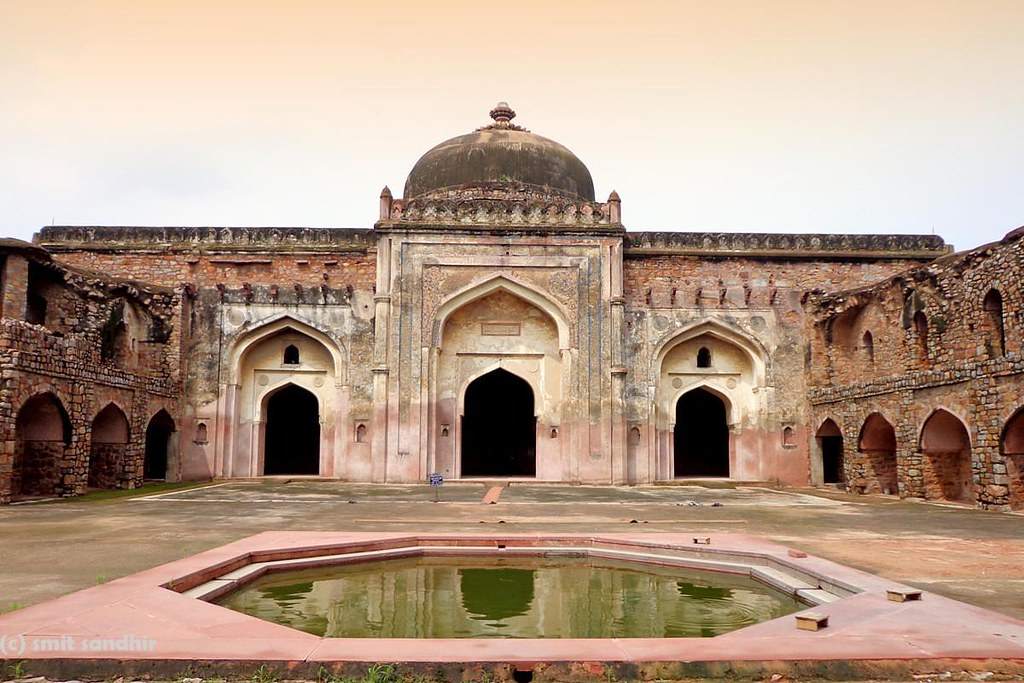
Nestled amidst Old Delhi’s lanes, Khairul Manzil Masjid emerges as a sanctuary of serenity. Built in the 19th century by Khairuddin, this mosque enchants visitors with its domes and calligraphy. Amidst the old city’s hustle and bustle, visitors find solace, embracing the spiritual essence of Delhi’s diverse heritage.
In conclusion,
Delhi’s hidden monuments stand as silent witnesses to time’s passage. Each testifies to the city’s enduring legacy. Amidst urban chaos, these treasures beckon travelers to embark on a journey of exploration, unraveling Delhi’s storied past one monument at a time.